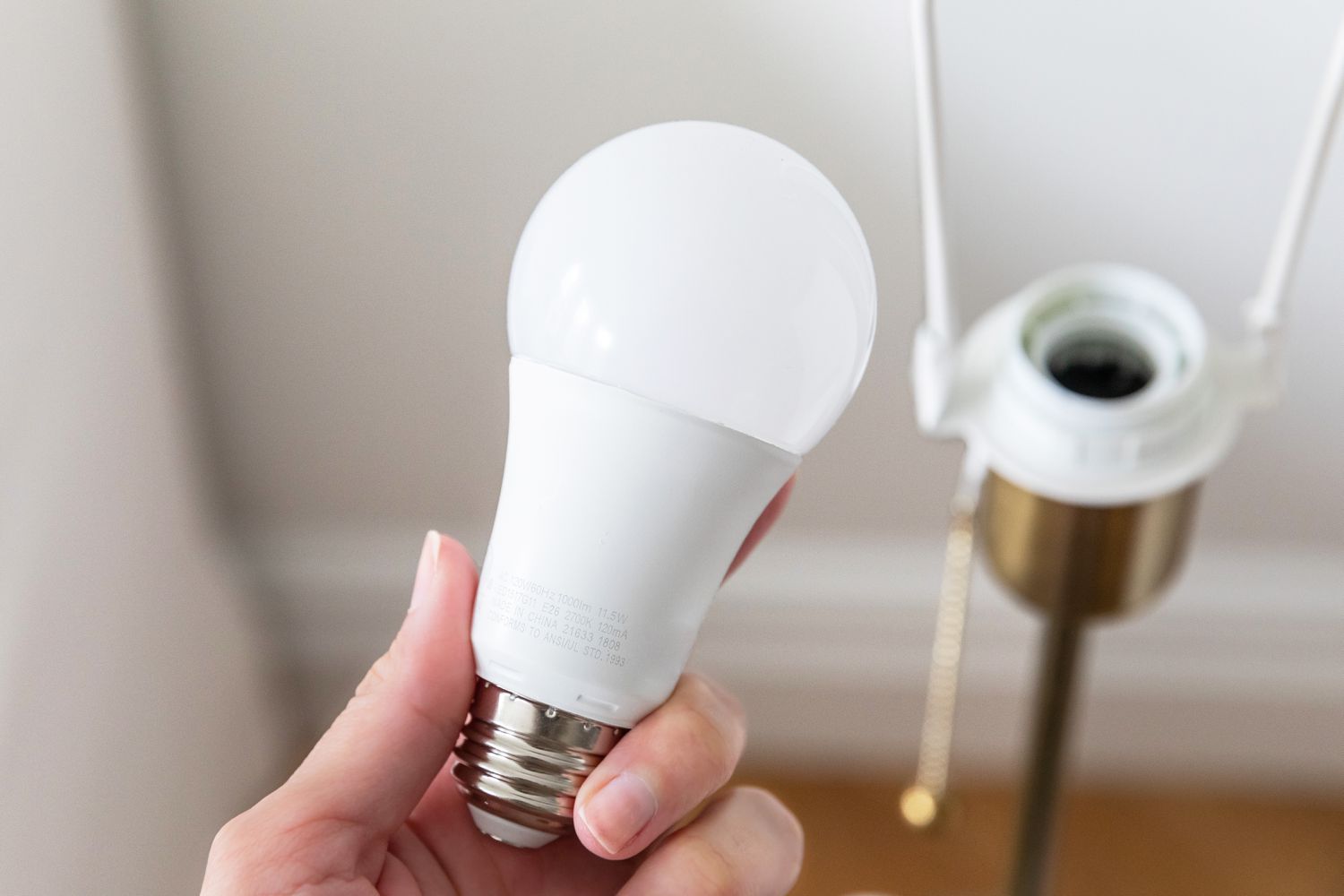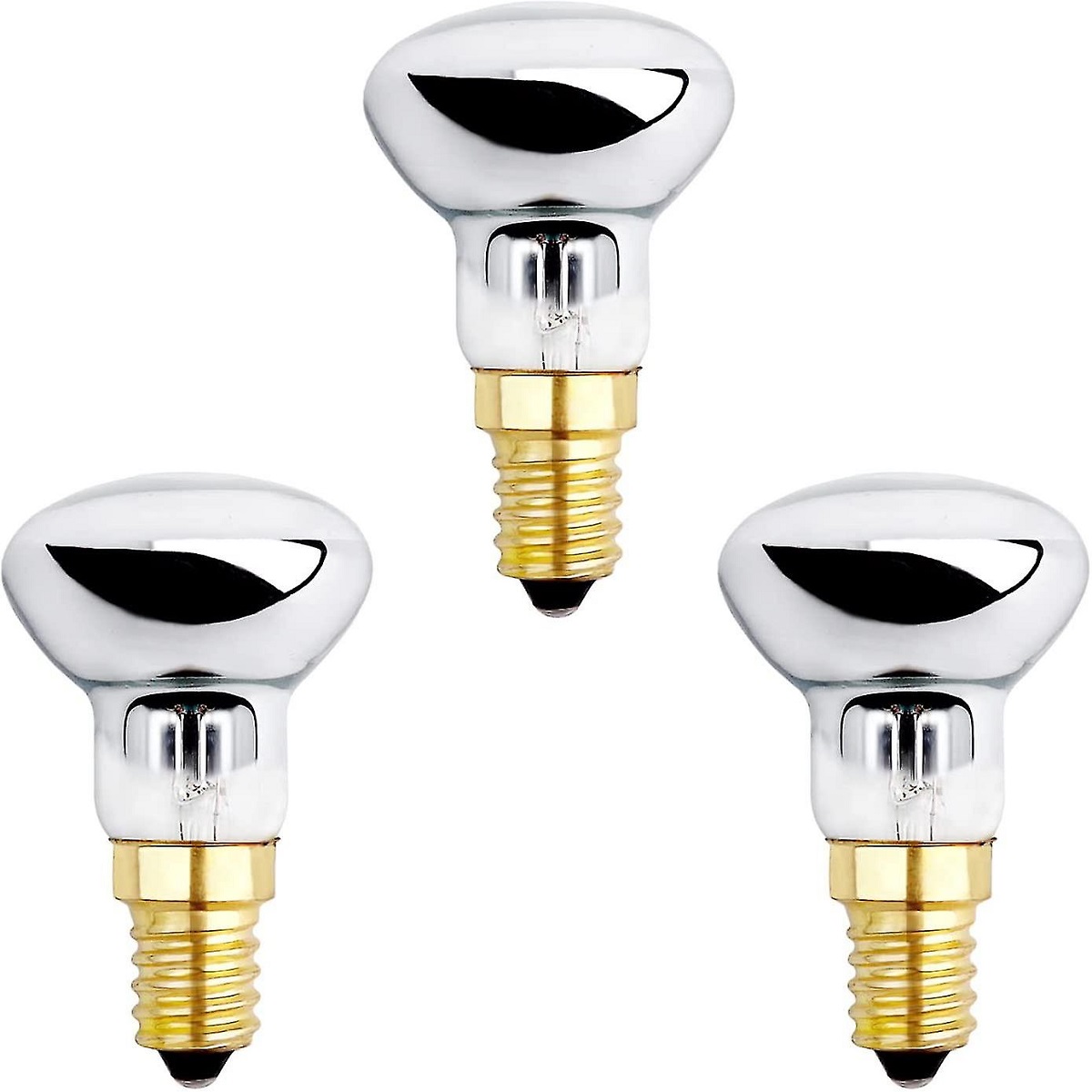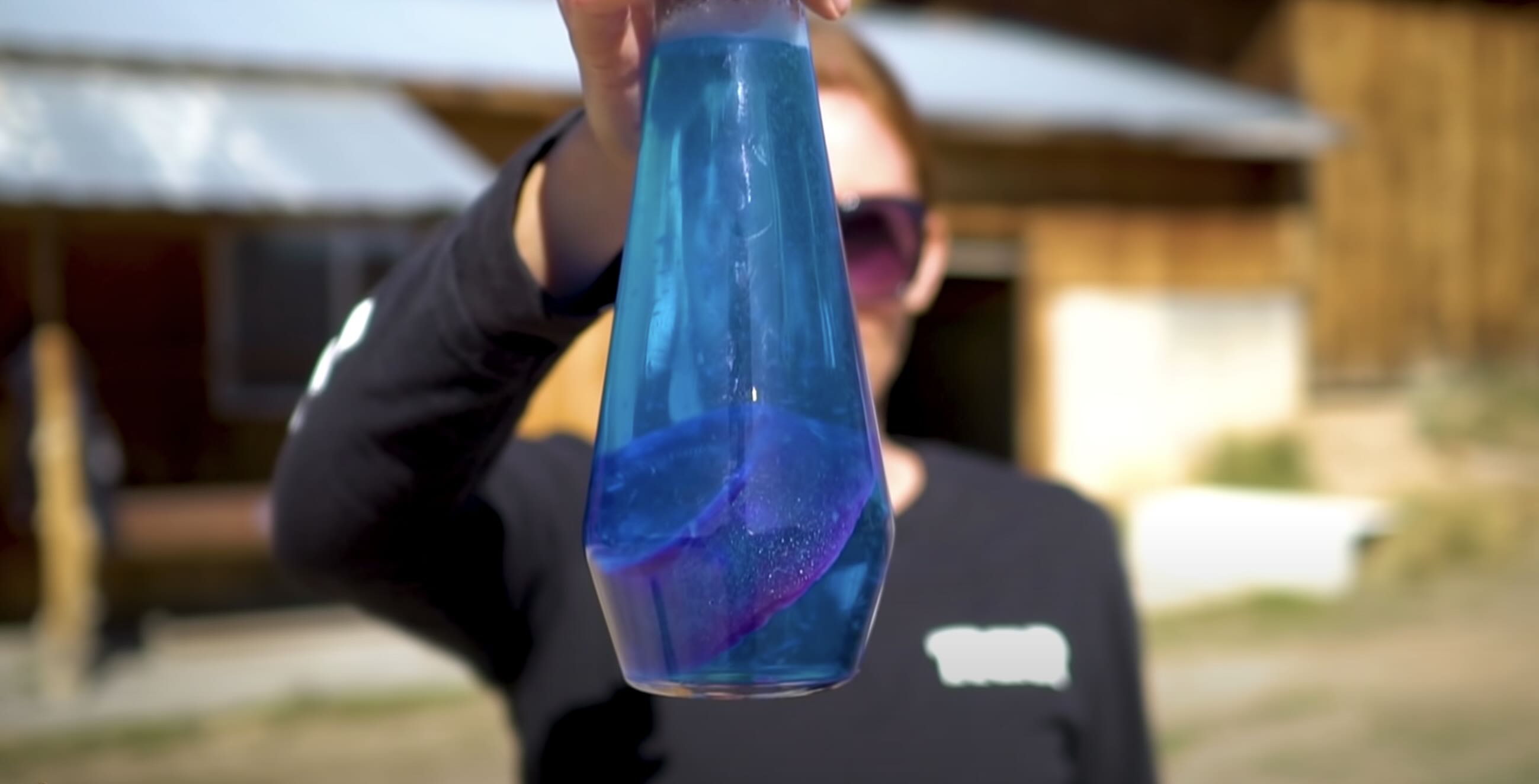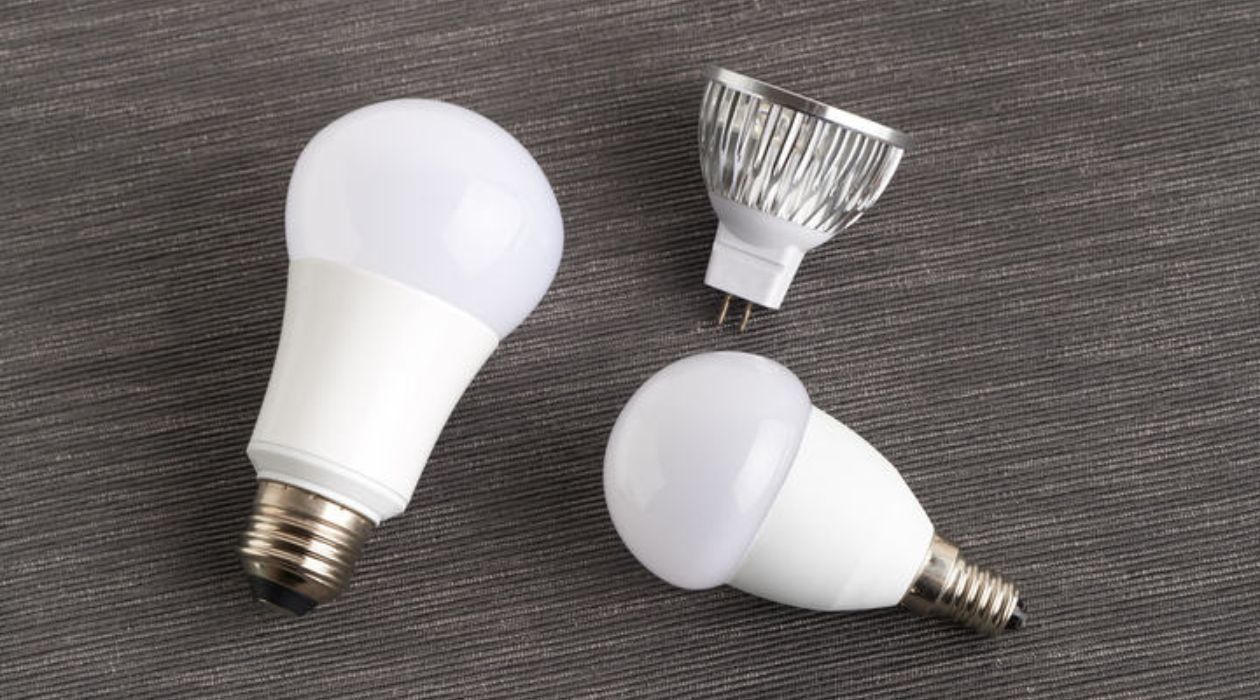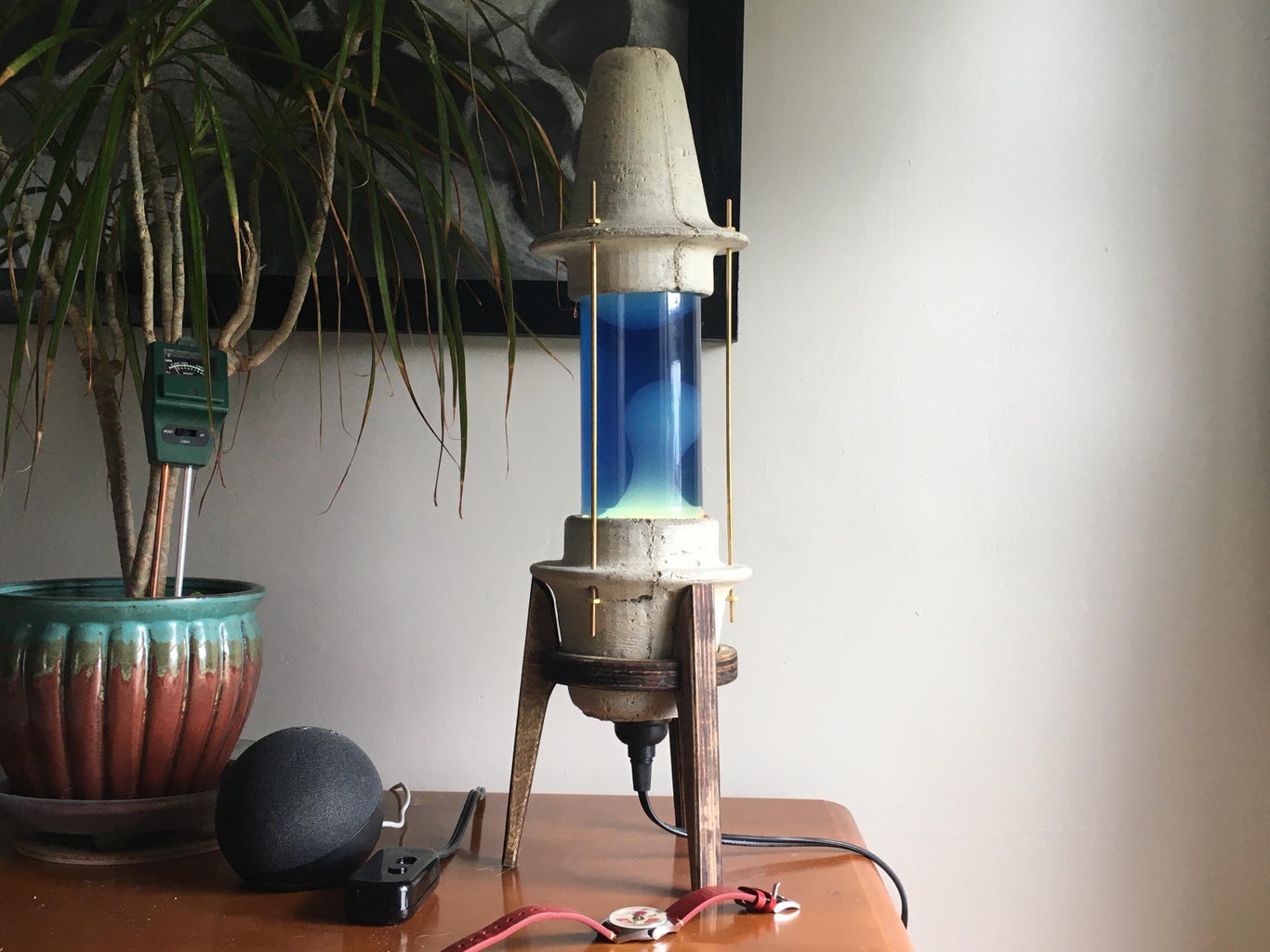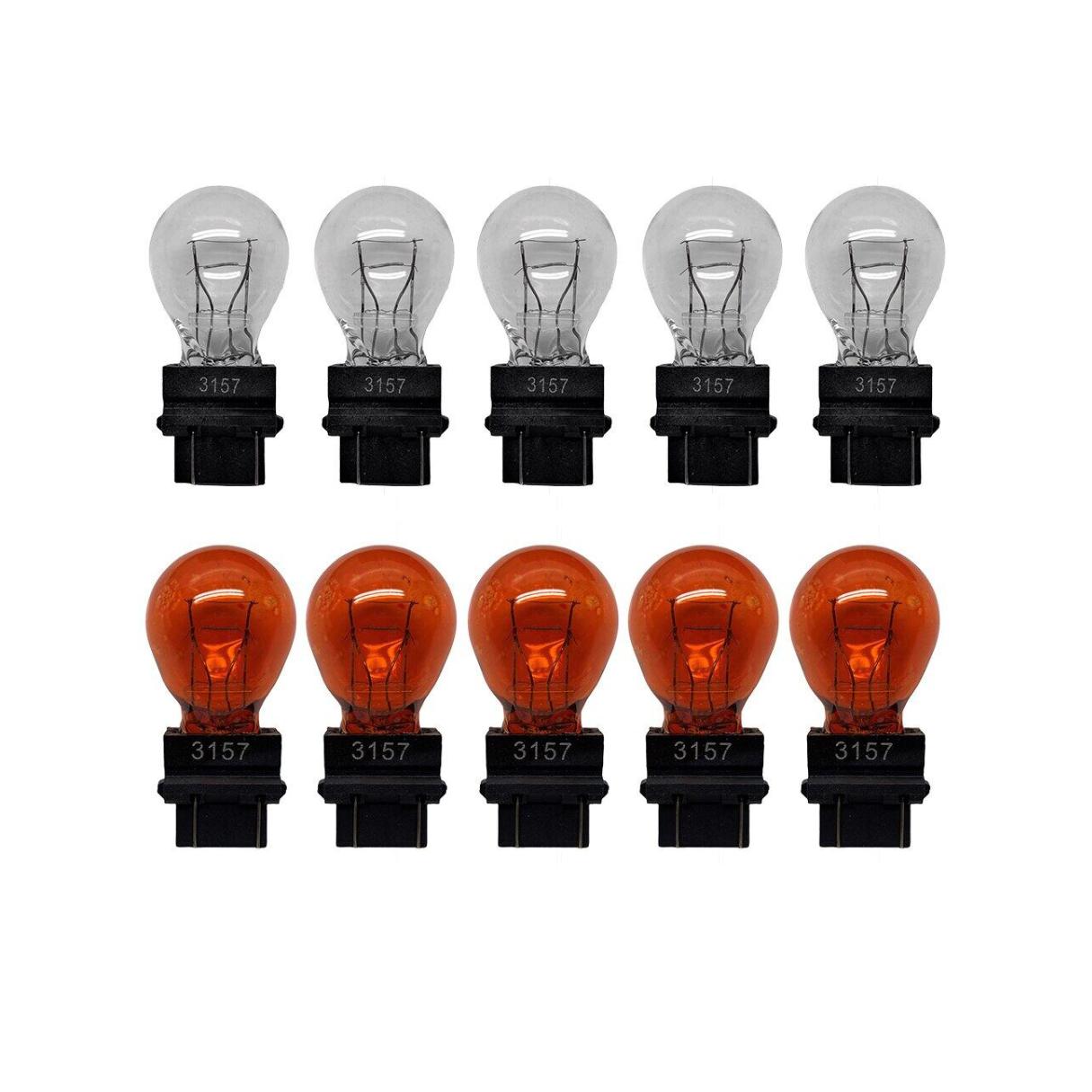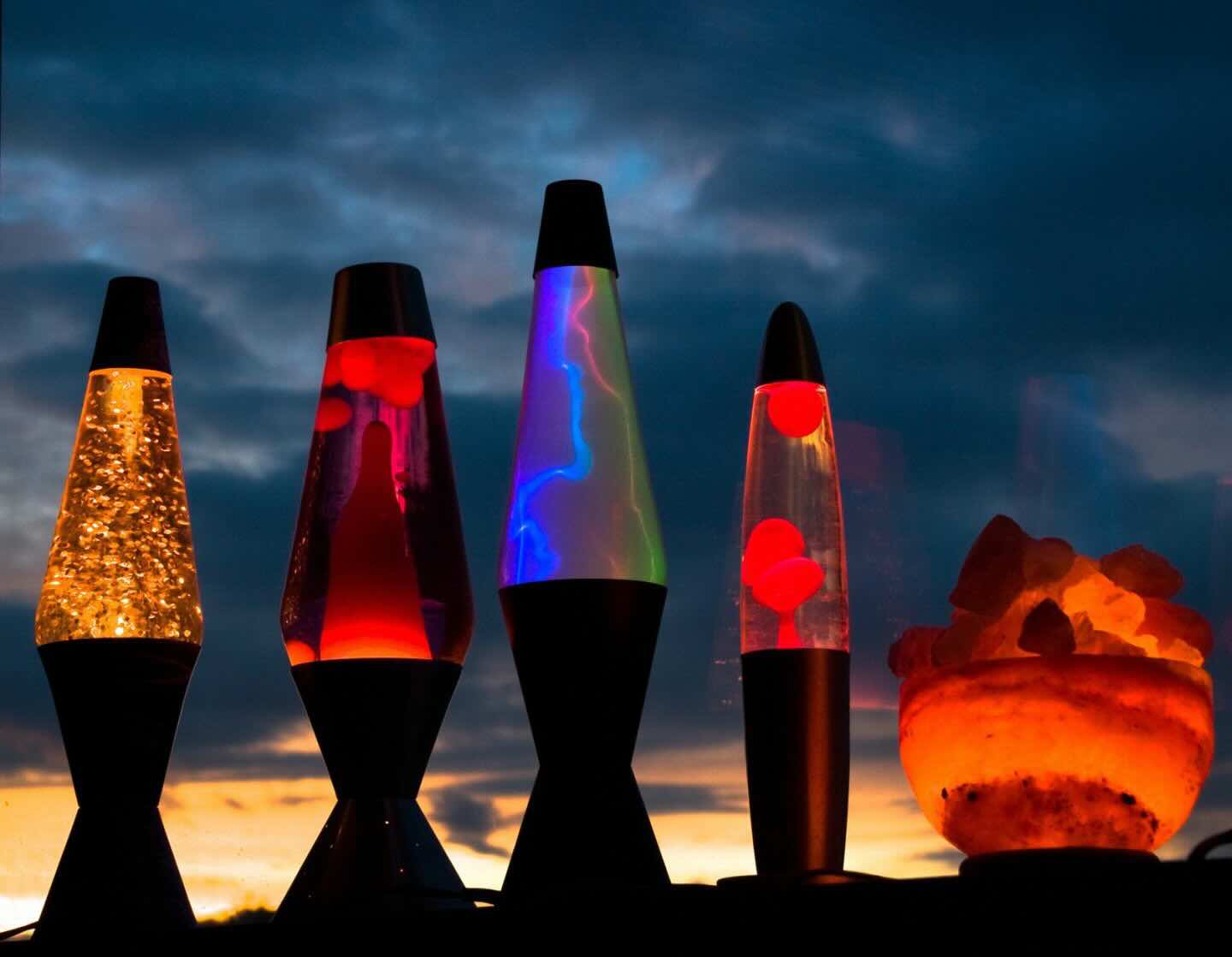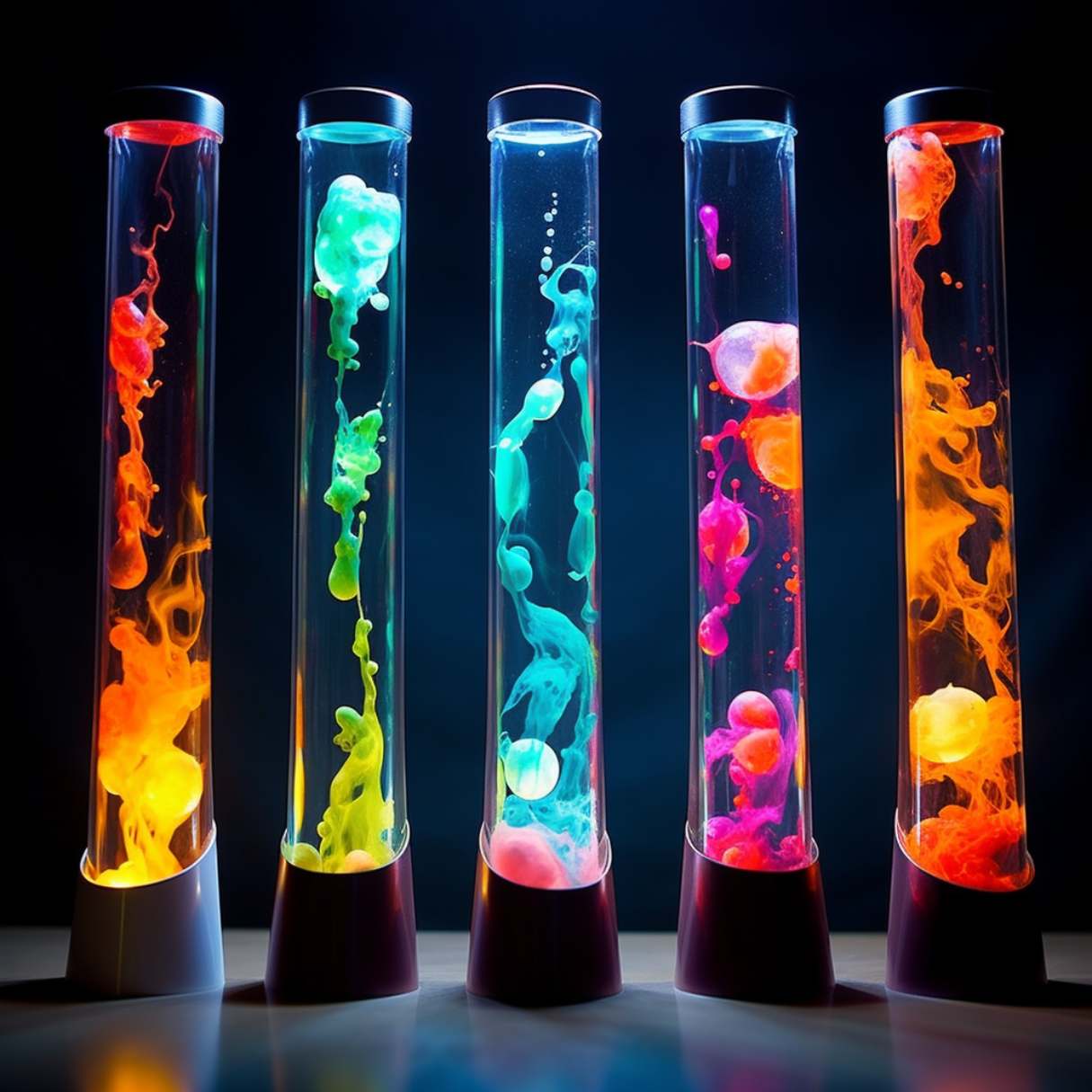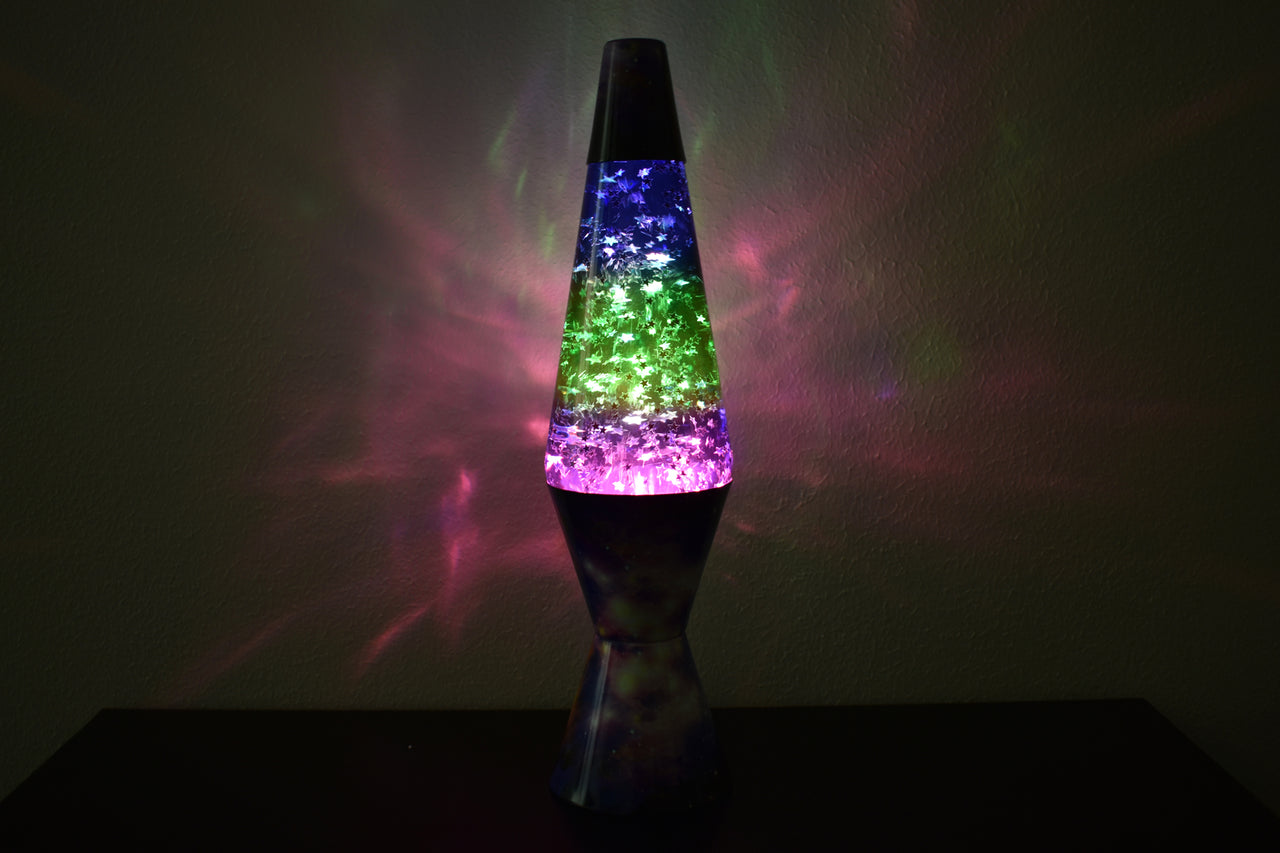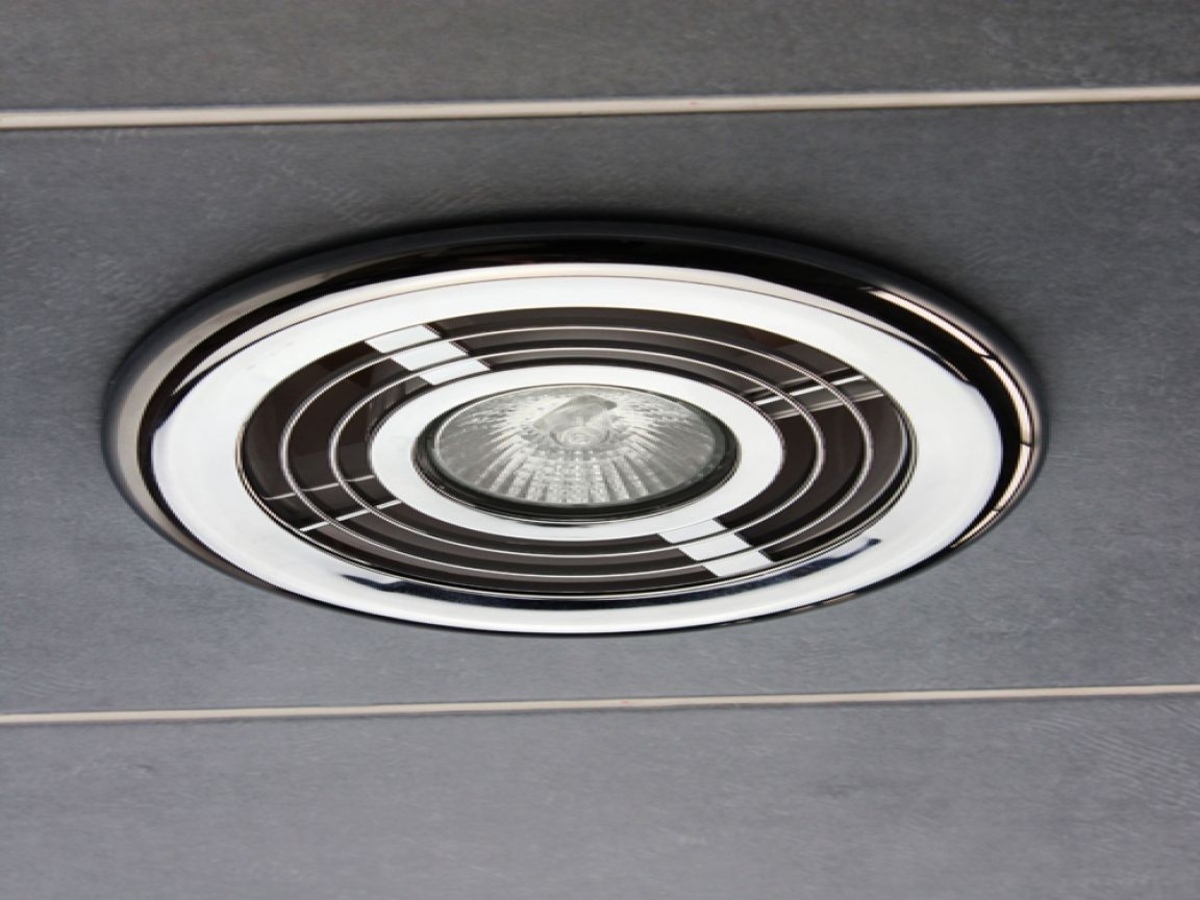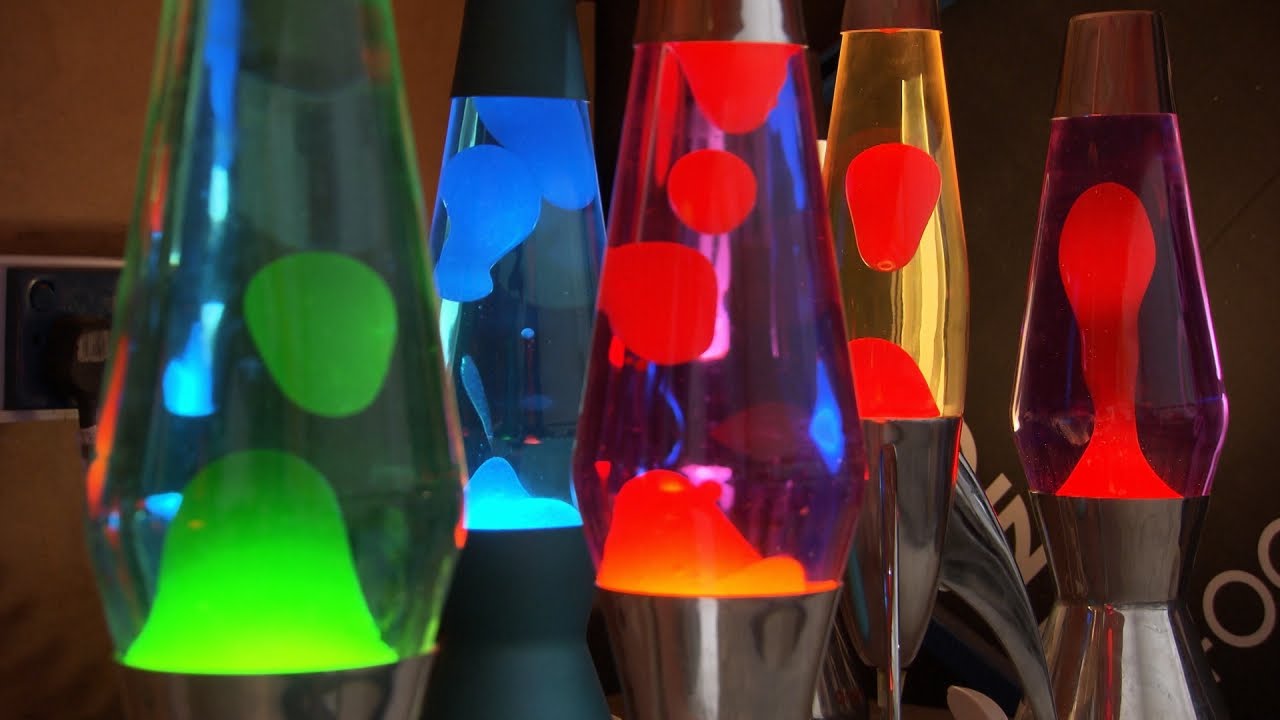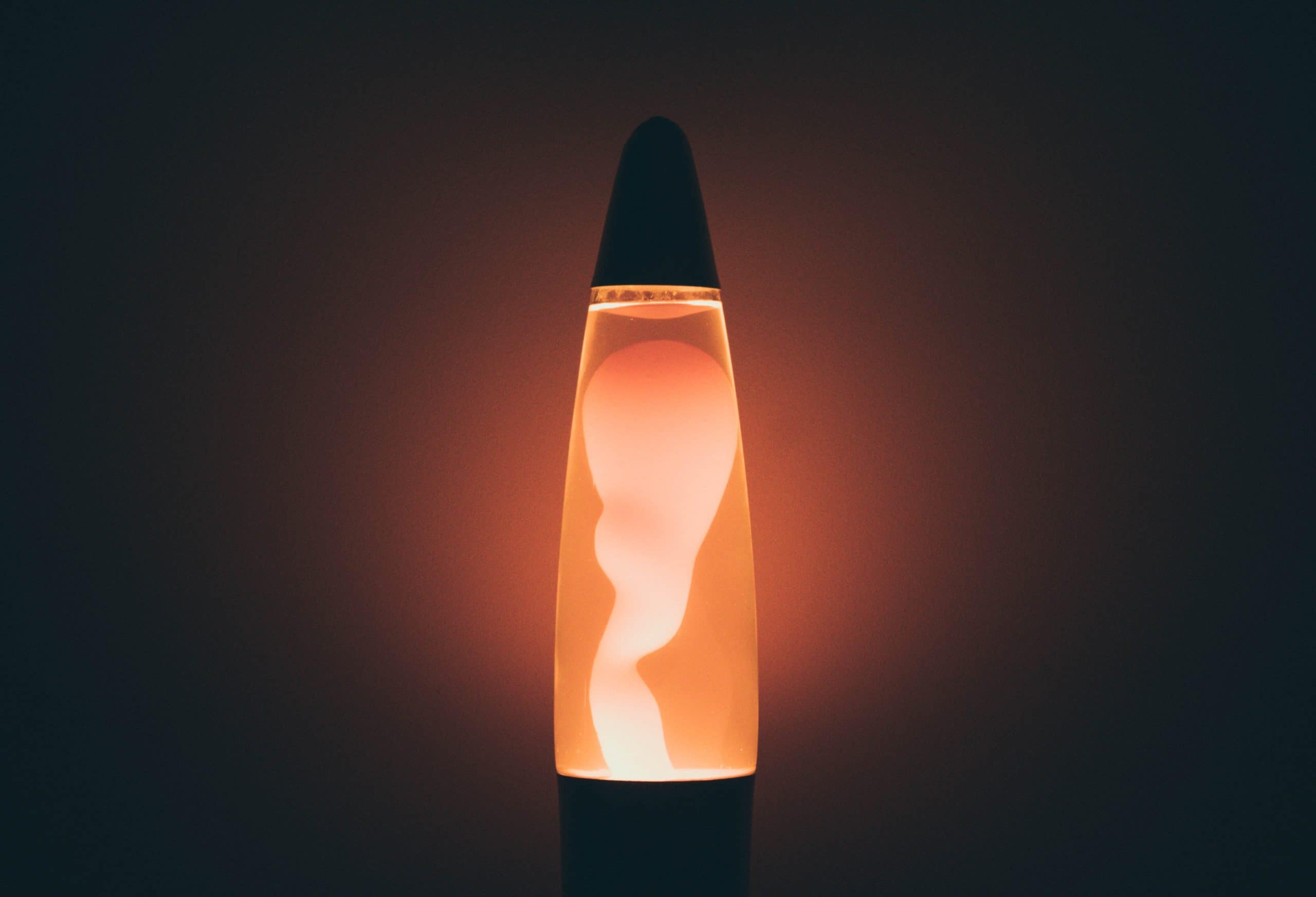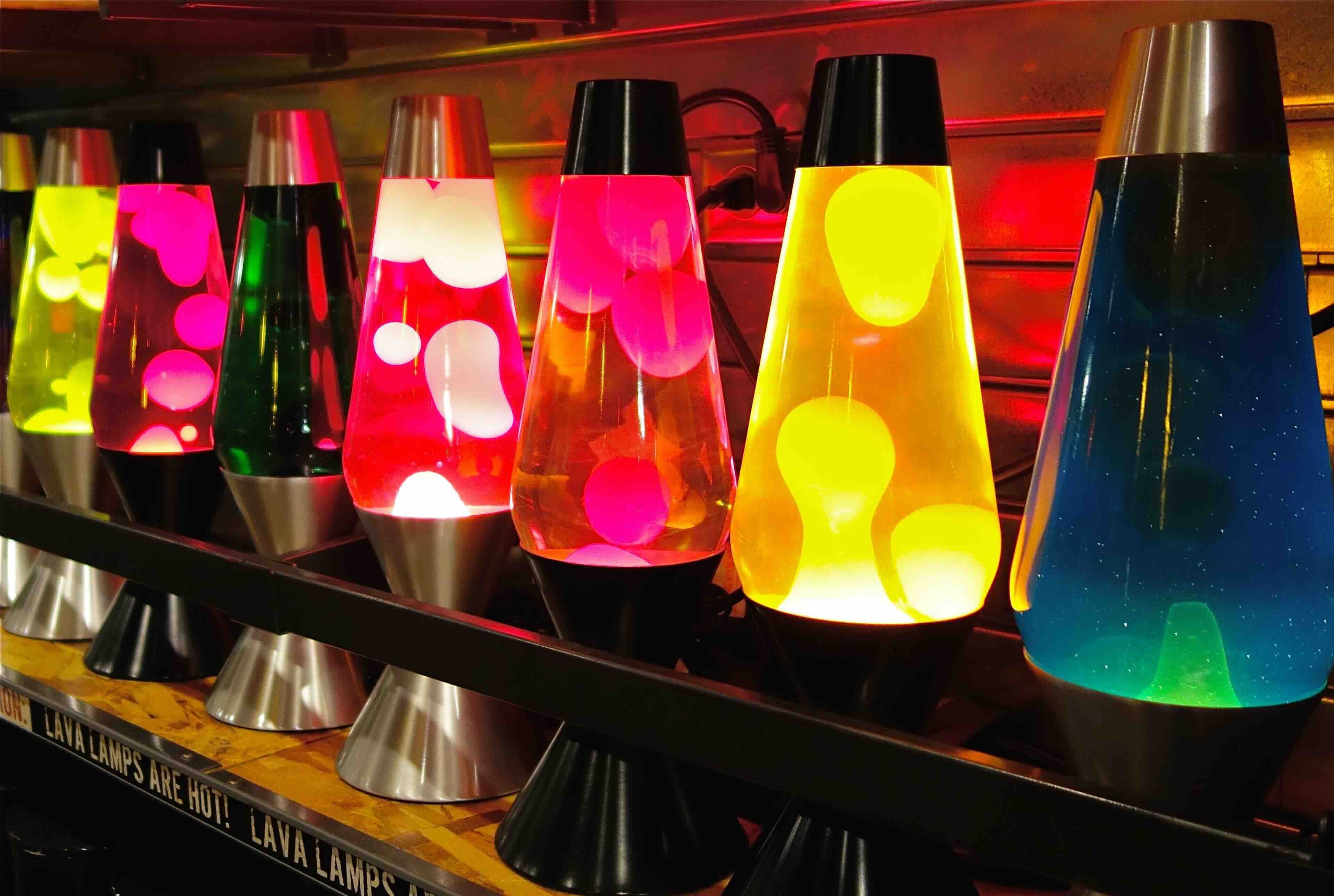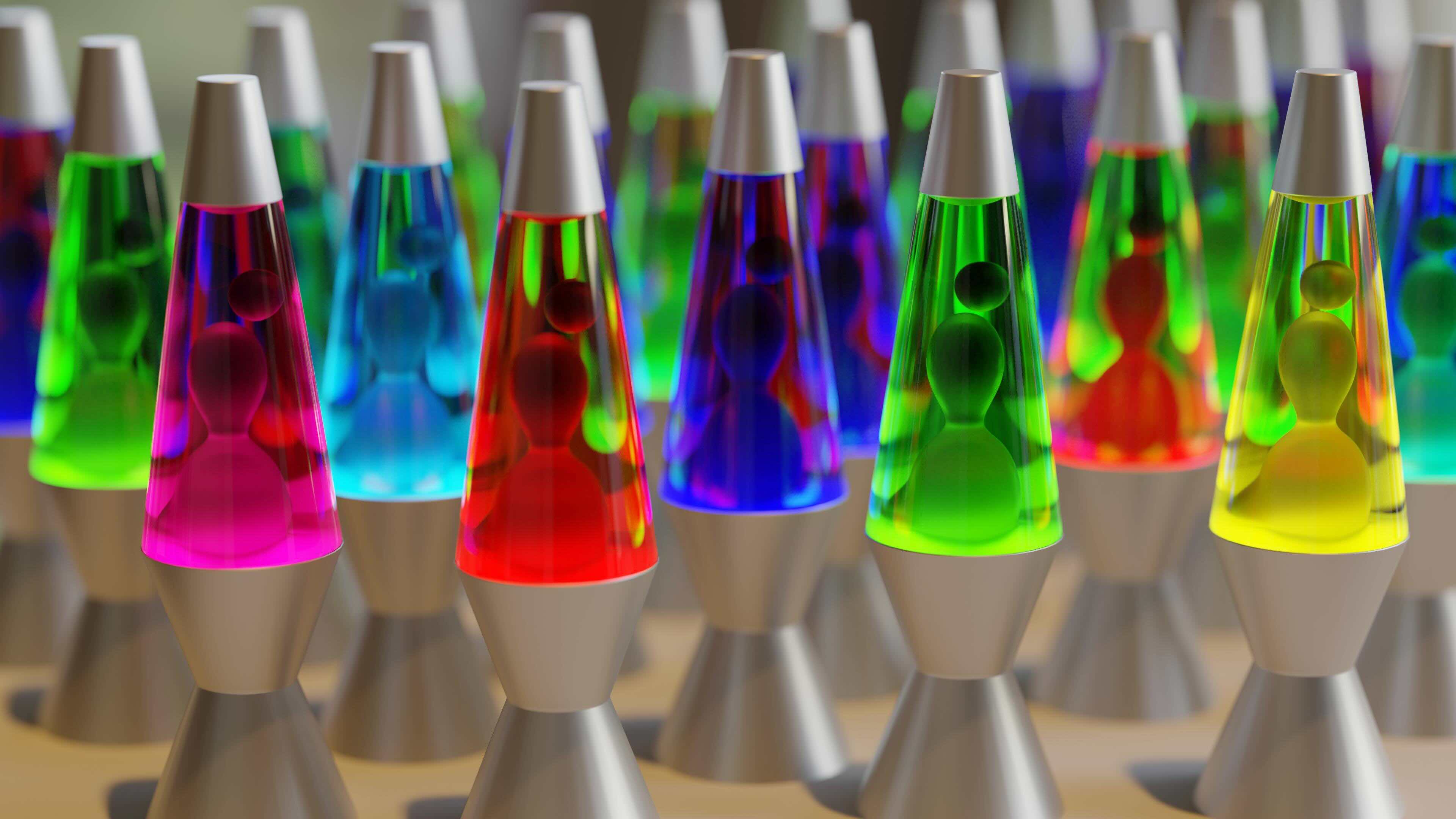

Furniture
What Size Light Bulb For A Lava Lamp
Modified: December 7, 2023
Looking for the right light bulb size for your lava lamp? Discover the perfect fit for your furniture with our helpful guide.
(Many of the links in this article redirect to a specific reviewed product. Your purchase of these products through affiliate links helps to generate commission for Storables.com, at no extra cost. Learn more)
Introduction
Welcome to our comprehensive guide on choosing the right light bulb size for your lava lamp. Lava lamps provide a mesmerizing and calming ambiance, making them a popular addition to any space. To keep your lava lamp glowing and flowing, it’s essential to select the correct light bulb size. In this article, we will explore the factors to consider when choosing a light bulb for your lava lamp and provide recommended sizes for different lamp models.
Before we dive into the specifics of light bulb sizes, let’s take a moment to understand how lava lamps work. These unique lamps consist of a glass vessel filled with a mixture of wax and liquid, usually illuminated by a light bulb placed at the base. The heat from the bulb causes the wax to melt and rise through the liquid, creating the iconic lava lamp effect. Therefore, the type and size of the light bulb directly impact the performance and visual appeal of your lava lamp.
When it comes to selecting the right light bulb for your lava lamp, there are several factors to consider. These include the lamp’s size, wattage compatibility, and the desired brightness and heat output. Choosing the correct size will ensure that the bulb fits properly in the lamp and produces the desired effect without overheating or damaging the lamp.
Now let’s walk through the recommended light bulb sizes for different lava lamp dimensions. Keep in mind that these recommendations are guidelines and may vary depending on the manufacturer and model of your lava lamp. It’s always best to refer to the specifications provided by the manufacturer to ensure the optimal light bulb size for your specific lamp.
Key Takeaways:
- Choose the right light bulb size for your lava lamp based on factors like lamp size, wattage compatibility, desired brightness, and heat output to ensure optimal performance and mesmerizing visual display.
- When replacing the light bulb in your lava lamp, prioritize safety by turning off and unplugging the lamp, allowing it to cool, and carefully following the manufacturer’s guidelines to ensure a proper and safe replacement process.
Understanding Lava Lamps
Lava lamps have been captivating people with their unique and hypnotic displays since their invention in the 1960s. The combination of colorful wax blobs slowly rising and falling in a liquid-filled glass vessel has a mesmerizing effect that instantly draws the eye. But have you ever wondered how these fascinating lamps actually work?
The basic principle behind a lava lamp is the interplay of heat and density. The lamp consists of a glass container filled with a mixture of wax and a transparent liquid, usually mineral oil. At the base of the lamp, there is a heating element, typically a light bulb, that generates heat when turned on. As the heat from the bulb warms the liquid and wax mixture, the wax begins to melt and become less dense than the liquid.
The melted wax, now lighter than the liquid, rises to the top of the lamp. As it reaches the cooler surface, the wax solidifies and starts to cool down, becoming denser once again. Due to its increased density, the wax slowly descends back towards the bottom of the lamp. This continuous cycle of heating, rising, cooling, and descending creates the mesmerizing motion that we associate with lava lamps.
The choice of liquid and wax also plays a role in the overall performance of the lava lamp. The liquid, usually mineral oil, is clear and acts as a medium for the wax to move through. The wax is often made from a combination of paraffin wax, microcrystalline wax, and various color pigments to achieve the vibrant and dynamic effects.
It’s important to note that lava lamps require a heat source, typically a light bulb, to generate the necessary temperature for the wax to flow and create the mesmerizing motion. The type and size of the light bulb used in a lava lamp are crucial factors that affect its performance and longevity.
Now that we have a better understanding of how lava lamps work, let’s explore the factors to consider when choosing the right light bulb size for your lava lamp.
Factors to Consider When Choosing a Light Bulb
Choosing the right light bulb for your lava lamp is crucial to ensure optimal performance and prevent any damage to the lamp. Here are some important factors to consider when selecting a light bulb:
- Lamp Size: The size of your lava lamp will determine the appropriate light bulb size. Generally, smaller lava lamps will require lower wattage bulbs, while larger lamps may need bulbs with higher wattage to ensure effective heating of the wax and liquid mixture.
- Wattage Compatibility: It’s essential to check the wattage compatibility of your lava lamp before purchasing a light bulb. Using a bulb that exceeds the recommended wattage can cause overheating and may even lead to the lamp’s breakage. Refer to the lamp’s user manual or contact the manufacturer for specific wattage guidelines.
- Desired Brightness: Consider the desired brightness level for your lava lamp. If you prefer a subtle glow, opt for a lower wattage bulb. For a more vibrant and intense display, choose a bulb with higher wattage. Keep in mind that higher wattage bulbs will produce more heat, which can affect the overall performance of your lava lamp.
- Heat Output: The heat generated by the light bulb is crucial in melting the wax and creating the lava lamp effect. If the heat output is too low, the wax may not melt properly, resulting in sluggish movement. Conversely, if the heat output is too high, it can cause the wax to overheat and become too fluid, affecting the desired lava-like flow. Consider the temperature requirements of your specific lava lamp model and choose a bulb with the appropriate heat output.
- Longevity: Consider the lifespan of the light bulb when making your selection. LED bulbs are known for their long lifespan and energy efficiency, making them a popular choice for lava lamps. Although they may have a higher upfront cost, LED bulbs can save you money in the long run and provide consistent performance throughout the life of your lava lamp.
By carefully considering these factors, you can ensure that you choose the right light bulb size for your lava lamp, promoting optimal performance and enhancing the mesmerizing visual display.
When choosing a light bulb for a lava lamp, opt for a 25-watt bulb for smaller lamps and a 40-watt bulb for larger ones. This will help create the right amount of heat to make the lava flow.
Recommended Light Bulb Sizes for Different Lava Lamp Sizes
Choosing the correct light bulb size is essential to ensure the proper functioning of your lava lamp. The following are some general recommendations for light bulb sizes based on different lava lamp dimensions:
- Small Lava Lamps: For lava lamps with a height of 11 to 14 inches, a 15-watt bulb is typically recommended. This lower wattage bulb provides enough heat to melt the wax without causing it to overheat.
- Medium Lava Lamps: Lava lamps ranging from 15 to 18 inches in height usually require a 25-watt bulb. This slightly higher wattage ensures efficient heating of the wax and allows for a more dynamic lava flow.
- Large Lava Lamps: Lava lamps that are 19 inches or taller often require a 40-watt bulb. The larger size of these lamps requires a higher wattage bulb to generate enough heat to properly melt the wax and create a captivating flow.
Keep in mind that these recommendations serve as guidelines and may vary depending on the specific model and manufacturer of your lava lamp. Always refer to the manufacturer’s instructions or consult the lamp’s user manual for the recommended light bulb size for your particular lava lamp.
Additionally, it’s worth noting that some lava lamps come with specific bulb sizes and wattage recommendations provided by the manufacturer. It’s crucial to follow these guidelines to avoid any potential damage to the lamp or compromised performance.
When purchasing light bulbs for your lava lamp, opt for bulbs specifically designed for small appliances or lava lamps. These bulbs are designed to withstand the high temperatures generated within the lamp and provide the necessary heat output for proper wax melting and flow.
By selecting the correct light bulb size for your lava lamp, you can ensure optimal performance, a mesmerizing lava flow, and extended lifespan for your beloved lamp.
How to Replace the Light Bulb in a Lava Lamp
At some point, you may need to replace the light bulb in your lava lamp. Follow these steps to ensure a proper and safe replacement:
- Turn off and unplug the lamp: Before starting any maintenance or replacement work, make sure the lava lamp is turned off and unplugged. This will protect you from electrical shocks and ensure your safety.
- Allow the lamp to cool: Lava lamps can become quite hot during operation. Give the lamp enough time to cool down completely before attempting to replace the light bulb. This will prevent any accidental burns or injuries.
- Remove the top of the lamp: Most lava lamps have a cap or top portion that can be easily unscrewed or removed. Carefully twist or lift the top to expose the bulb socket.
- Remove the old bulb: Gently unscrew the old light bulb from the socket in a counterclockwise direction. If the bulb is stuck, try using a pair of gloves or a cloth for better grip. Avoid using excessive force, as it may damage the socket or bulb.
- Choose the right replacement bulb: Refer to the manufacturer’s guidelines or the specifications on the lamp to determine the correct wattage and bulb size. Ensure that the replacement bulb is specifically designed for lava lamps or small appliances.
- Insert the new bulb: Carefully align the replacement bulb with the socket and gently screw it in a clockwise direction. Be cautious not to overtighten the bulb, as it may cause damage or difficulty in future bulb replacements.
- Replace the top of the lamp: Once the new bulb is securely in place, reattach the lamp’s top or cap. Make sure it is properly aligned and tightened to prevent any electrical or heat hazards.
- Plug in and test: Plug the lava lamp back into a power source and switch it on. Verify that the new bulb is functioning correctly and that the wax begins to melt and flow within the lamp.
If you encounter any issues during the replacement process or if the lamp fails to function properly after bulb replacement, consult the manufacturer’s instructions or contact their customer support for further assistance.
Remember to always follow safety precautions when handling electricity and hot surfaces. It’s recommended to perform any maintenance or bulb replacement when the lamp is cool and unplugged to ensure your safety.
With these simple steps, you can easily replace the light bulb in your lava lamp and continue enjoying its captivating and soothing glow.
Read more: What Is In A Lava Lamp
Conclusion
Lava lamps are a timeless and mesmerizing addition to any space, providing a captivating display of flowing wax and ambient lighting. Choosing the right light bulb size for your lava lamp is crucial to ensure optimal performance and prevent any damage to the lamp itself.
In this comprehensive guide, we have explored the factors to consider when selecting a light bulb for your lava lamp, including lamp size, wattage compatibility, desired brightness, heat output, and longevity. Understanding these factors will help you make an informed decision when it comes to choosing the right light bulb for your specific lava lamp model.
We have also provided some general recommendations for light bulb sizes based on different lava lamp dimensions, such as small, medium, and large lamps. However, it’s important to note that these are just guidelines, and it’s always best to refer to the manufacturer’s instructions for the recommended bulb size for your specific lava lamp model.
Replacing the light bulb in your lava lamp is a simple process but requires caution and following safety precautions. By turning off and unplugging the lamp, allowing it to cool, and carefully removing and replacing the bulb, you can ensure a proper replacement and continued enjoyment of your lava lamp.
Remember to always prioritize safety when working with electricity and hot surfaces. Follow the manufacturer’s instructions and guidelines to avoid any potential hazards or damage to your lava lamp.
In conclusion, selecting the right light bulb size and properly maintaining your lava lamp will enhance its performance, prolong its lifespan, and ensure a mesmerizing and captivating lava flow. Enjoy the soothing ambiance and visual delight of your lava lamp as it adds a touch of elegance and relaxation to your space.
Frequently Asked Questions about What Size Light Bulb For A Lava Lamp
Was this page helpful?
At Storables.com, we guarantee accurate and reliable information. Our content, validated by Expert Board Contributors, is crafted following stringent Editorial Policies. We're committed to providing you with well-researched, expert-backed insights for all your informational needs.
